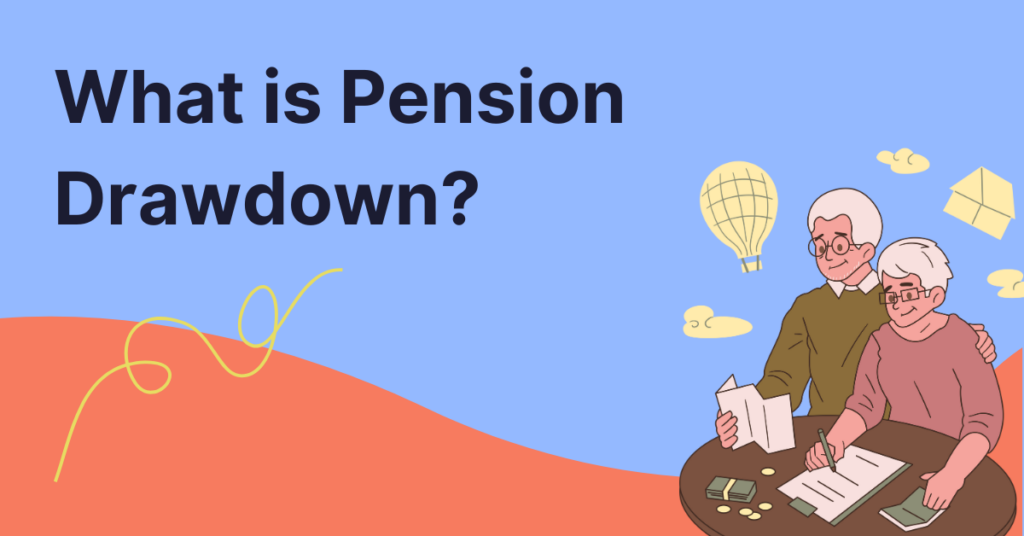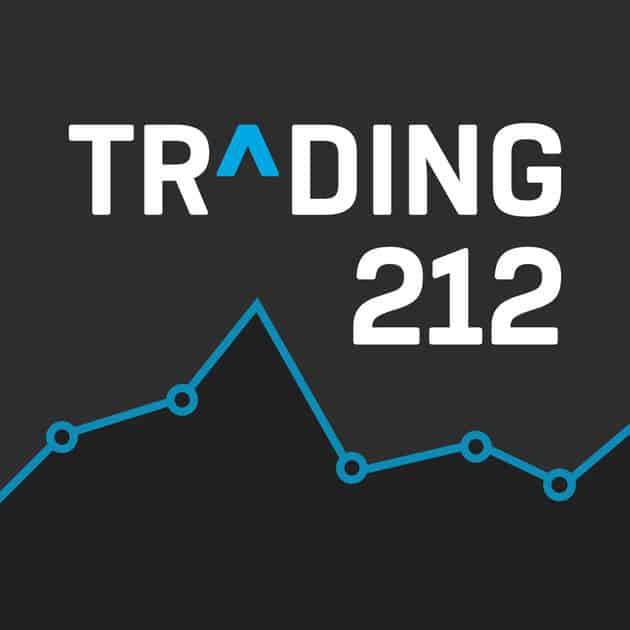
Pension drawdown is a retirement income method that allows you to withdraw money from your pension pot at times that suit you while keeping it invested (after you have taken the 25% tax free lump sum up to a maximum of £268,275), rather than purchasing an annuity, which is a guaranteed income for life. Pension drawdown gives you the flexibility to access your retirement funds when you need them, while still benefiting from potential investment growth.
In simpler terms, pension drawdown lets you “draw down” your pension pot over time, taking out lump sums or regular payments as needed. Your pension pot stays invested, usually in something sensible, so it can continue to grow (or fluctuate) based on the performance of the underlying assets.
How does pension drawdown work?
When you reach the age of 55 (in the UK), you can start accessing your pension pot, whether that’s through drawdown, a lump sum, or a combination of options.
With pension drawdown, you can choose how much money you want to take from your pot, and how often (e.g., monthly, quarterly, or in one-off lump sums).
After you have taken your tax free lump sum, the remaining portion of your pension continues to be invested in a range of assets such as stocks, bonds, and funds. This is where the growth potential comes in, while you’re withdrawing funds, your investments may still increase in value, although there is also risk of loss.
The goal of drawdown is to provide income for retirement while giving you the flexibility to adjust withdrawals depending on your circumstances. However, managing your drawdown carefully is key to ensuring your pension lasts for the duration of your retirement.
The usual guideline is that 4% of your pension pot should be withdrawn in the first year of your retirement, and then each year roughly the same amount should be withdrawn plus inflation. This guideline should mean you do not run out of money over a 30 year period.
You could take the whole drawdown amount at the start of the year to live off, or at several points throughout the year, or monthly. Make sure to check with your pension provider as there may be a limit to how many withdrawals can be made in a specific period of time.
As with everything, there are pros and cons to pension drawdown. It is flexible, you can decide how much and when to withdraw, tailoring it to your needs. It allows for continued investment growth, as your pension pot stays invested, it means that it could continue to grow even after you start drawing from it. Unlike an annuity, you have control over how much income you take, which can be appealing if your financial needs change.
However, since your pot stays invested, there’s always the risk of market fluctuations, which could reduce the value of your pot. If you withdraw too much too early, there’s a risk your pension could run out before you die. While the first 25% is tax-free, withdrawals beyond that are subject to income tax, which could push you into a higher tax bracket.
Pension drawdown is most suitable for those who want flexibility in how they take their retirement income, are comfortable with investment risk and want their pot to continue growing. It is also good for those who have other sources of income or wealth outside their pension, as drawdown can be unpredictable.
Pension drawdown offers flexibility and growth potential, but it’s important to plan withdrawals carefully to avoid running out of money in retirement. If you’re managing a pension drawdown, it’s crucial to have a strategy that balances your income needs with the risk of investment volatility.

Get a FREE fractional share with Trading212
Use promo code: MITM (works within the first 10 days of signing up)
Fractional share worth up to £100. Capital at risk. Terms apply

Get a Welcome Bonus of up to £50 when you invest at least £100 with InvestEngine

Consolidate your Pensions with PensionBee
Keep your pensions all in one place with this simple to use Pension service.
Manage your money better with MoneyMonitor
I personally built this website to allow me to bin my spreadsheets in favour of something a little easier to use. It’s completely free of charge.